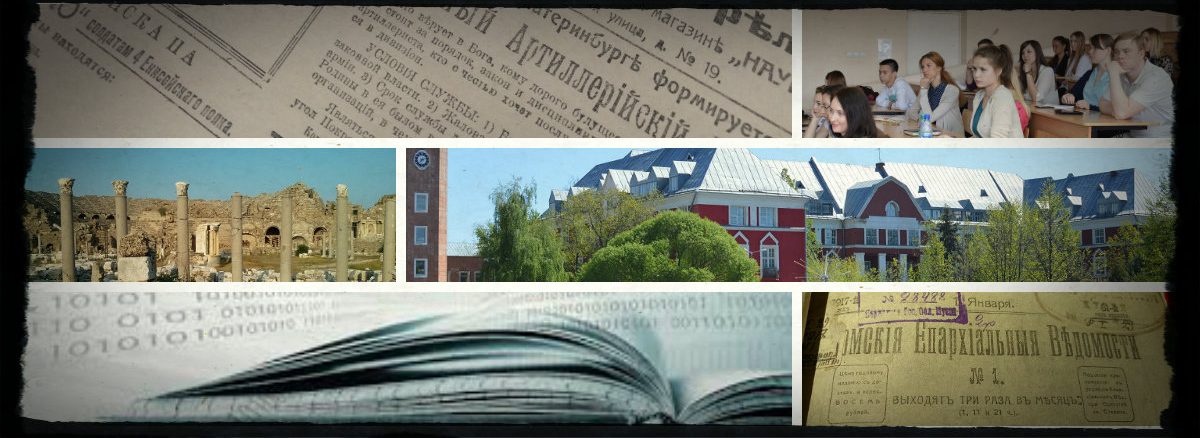В музее собрано около 120 тыс. единиц хранения. Наиболее ценными являются коллекции изделий из бронзы, керамики, каллиграфия, мебель, нефритовые статуэтки, старинные монеты, картины, печати и скульптуры. Постоянно действуют 11 галерей и 3 специальных выставочных зала.
Шанхайский музей хранит предметы национального значения, в том числе один из трёх существующих образцов «прозрачных» бронзовых зеркал династии Хань.
Музей насчитывает более 44000 объектов, связанных с этнической историей, в своих коллекциях. Среди них немало редких сокровищ редко встречается в Китае, особенно артефактов, связанных с северными племенами хунну, сяньби, киданей, монголов и других.
The National Museum of Japanese History (Rekihaku) was founded as a national inter-university research institute in 1981. This reflected two important decisions made at the time. The first—that Rekihaku would be a museum—was made because a museum was deemed an effective means of promoting integrative study of Japan's history and culture into the 21st century. The second decision—that Rekihaku would be an inter-university research institute—was made so that Rekihaku could conduct its museum operations adequately; an inter-university research institute possesses the institutional framework necessary to advance collaborative research and information-sharing between researchers at universities and elsewhere across Japan.
With its semi-privatization in 2004, Rekihaku faced expectations from many quarters to clarify anew its institutional significance. Having reached a quarter of a century since its founding, Rekihaku had also decided that it needed to articulate its institutional significance and direction for itself. In January of 2006, Rekihaku thus initiated meetings to examine its future. These meetings concluded within a year.
This booklet summarizes Rekihaku's "Report on Meetings to Discuss Future Planning at the National Museum of Japanese History." Its core premise is that the two decisions made at Rekihaku's founding—that it would be both a museum and inter-university research institute—are the foundation upon which its operations are built. On that basis, through its 'museum-based research integration'—a distinctive research style that fully utilizes Rekihaku's activities as a museum—and its efforts to 'actualize potential for collaborative activities', Rekihaku is determined to pursue both its mission as an inter-university institute and the promotion of research that benefits from Rekihaku's strong ties to the community.
Having reached our 25th anniversary, we at Rekihaku have looked to 'the future of history' to reaffirm our core principles and core policies. From this publication, we hope that members of the community beyond Rekihaku will better understand our aims, and we look forward to your candid responses.
Источник описания:Национальный музей истории Японии Rekihaku ( 国立歴史民俗博物館)
